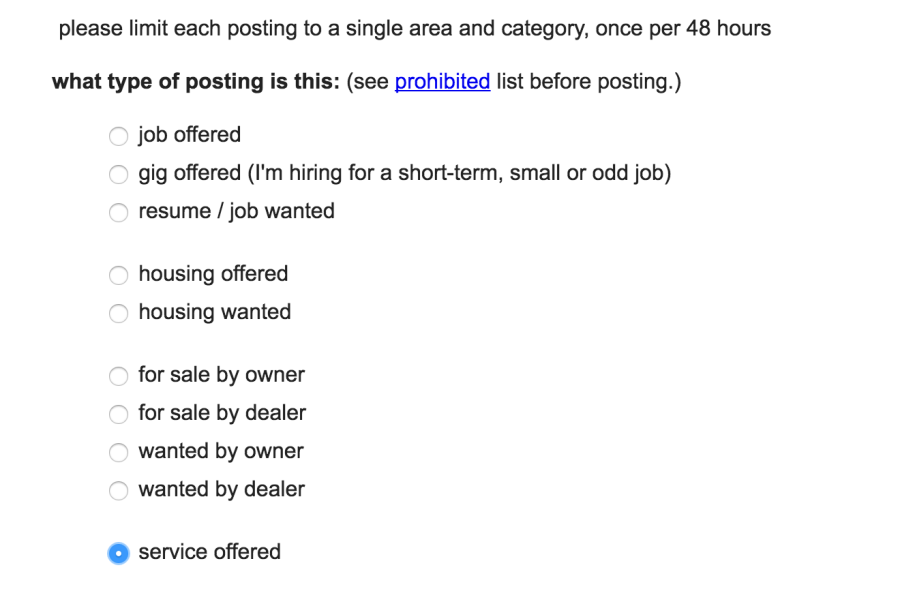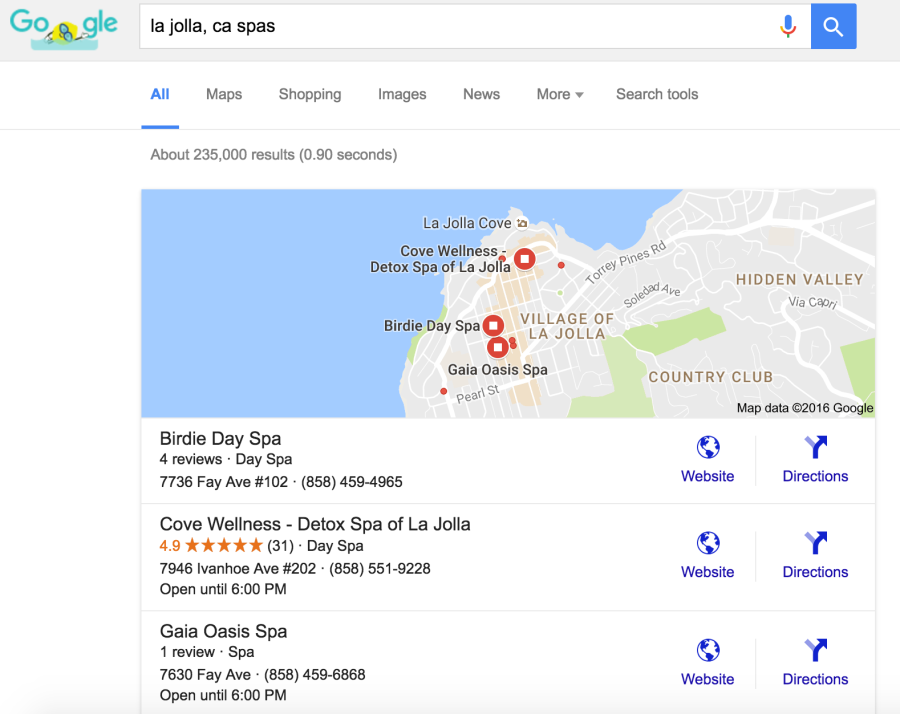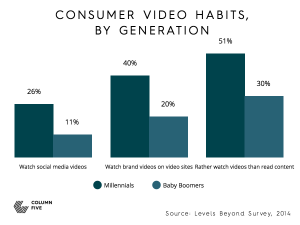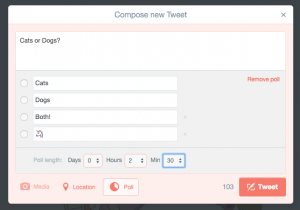
At Bizness Apps, the resellers who leverage our app building platform to build mobile apps for small businesses tend to fall into one of two categories. They are either…
- Existing marketing or design agencies who want to extend their service offerings to include mobile apps for small business clients, or…
- They are entrepreneurs, go-getters who want to leverage our app building platform to start their own mobile app company
Both categories of resellers have realized a lot of success building apps on our platform. However, both groups face their own unique challenges. Existing marketing or design agencies make great resellers because they tend to be marketing minded, and have expertise in selling various marketing services to small business clients. Oftentimes the biggest challenge for these agencies is simply figuring out how to position mobile apps alongside their other services, which often range from logo and brand design to websites and SEO strategy.
But for the entrepreneurs, those brave individuals who are interested in starting their own mobile app company, the challenge that we hear most often is “How do I build my initial sales pipeline to get my business off of the ground?” We love these resellers – they are ambitious, they’ve identified a tool that will allow them to start their own business with extremely low overhead costs, and they get to sell a cool new technology that small businesses are asking for. While that all rings true, the fact of the matter is if they can’t make their first app sales their businesses will never get off the ground. It’s with these folks in mind that we provide the following guidance – a roadmap on how you can start building your initial pipeline of businesses to target.
Step 1: Decide on your Target Industries/Verticals
Before you attempt to sell any mobile apps, it’s worth considering which industries you’d like to target. Bizness Apps’ platform has been used to build apps for countless types of small businesses – amongst the most common are restaurants, spas, salons, golf courses, bars, clubs, bands, realtors, lawyers, churches, home service providers and non-profits. So where do you start?
While it’s certainly possible to target a wide array of small businesses, when you’re just getting your business off the ground it usually helps to narrow your focus a bit. Start by asking yourself “Have I ever worked for any of these types of businesses before?” If you have, and you genuinely understand the challenges of working within a particular industry, that’s typically a good place to start. For example, if you’ve worked at the front counter within a take-out restaurant you probably understand how difficult it is during busy hours to accept orders over the phone while also attending to customers at the cash register. Having lived through this yourself, you’ll probably be better equipped to sell the benefits of a mobile food ordering system to a restaurant. It’s also worth considering how many small businesses of each type are in your geographic area. If you live in Miami, it probably doesn’t make sense to target ski resorts!
Step 2: Nail Your Value Prop
Once you’ve decided which types of small businesses you want to target, take the time to think through the end value that a mobile app could provide to that business. This is commonly called your value proposition – if you don’t know what value you are providing to your end customer’s business, then you’ll never be able to sell effectively. Write your value prop down in layman’s terms, and make sure you use it clearly and consistently in all of your marketing materials and discussions with your prospects.
Pro tip: For a huge percentage of small businesses, the primary value that a mobile app provides is improving customer engagement, retention, and driving more repeat business. Most small businesses make a huge percentage of their revenue from repeat customers, so strengthening the relationship between the business and it’s best customers is one of the fastest ways to grow the businesses revenue. Additionally, the convenience of allowing customers to interact and transact with your business from their mobile device (which they carry with them all day long) tends to be a significant driver of growth as well.

Step 3: Walk-ins
At this stage, you’ve identified what types of business you want to target, and have sharpened your message and pitch to clearly articulate the value that a mobile app can provide to their business. Time to start selling… but what do you do first? I would recommend actually walking into some small businesses and politely asking to speak to the manager or business owner at their convenience. This affords you the opportunity to practice your pitch in person. Be sure to visit the business on off hours, rather than during peak times, and never interrupt any employee who is busy dealing with a customer. If you are polite and bring some marketing materials (a business card and a 1-page overview of your services will suffice), then at the very least you’ve made first contact with the business and have gotten on their radar. If you’re lucky and have a small business owner who is willing to chat with you even for just a few minutes, you’ll get invaluable feedback in terms of how effective your pitch is and should use that time to figure out how you could best help that small business owner achieve his or her goals.
Step 4: Build Your Lead List
While walk-ins provide a valuable learning opportunity, you’ll find very quickly that rejection is the norm and this isn’t a scalable means of building your business. The next step would be to build a lead list – a list of company names, email addresses, and phone numbers for business that you’d like to target. The good news is this is extremely easy to do, and free. Here are a few places to start.
Yelp – Yelp is a reviews site for small businesses. You can easily search Yelp for almost any business type, as well as the location of the business. Doing so will return a list of results that typically include business names, phone numbers, and website URLs. See the search below for “Spas” in “La Jolla, CA” as an example.

Craigslist – Craiglist is another useful, free resource when you’re first trying to drum up some business. You can create a post highlighting the mobile app services you are offering, and small businesses that are interested in those services can reach out to you directly. Most often listing your services under “Computer” or “Creative” will garner the best results.

Google – Last but not least, the search bar in Google is a great place to start. Simply search for “City Name, Business Type” and the search results should return a number of businesses that you may way to target.

I recommend that you built a lead list of at least 50 business to start, with 100 businesses being an even better place to start. Once you have this list of leads in hand, you’re ready to start selling.
Step 5: Email Campaigns & Phone Calls
With your lead list in hand, it’s time to start aggressively selling – email campaigns and phone calls are a great place to start. Phone calls are pretty straight forward – pick up the phone, call the business, and ask if there’s a time in which you can give the manager or owner your pitch. Even if you don’t connect with anybody, you should follow up with the business with emails and additional phone calls. You can definitely send one-off emails with any email provider, like Gmail or Microsoft Outlook, but you may want to consider using an email marketing tool to send emails at a larger scale – we recommend both Drip and Mailchimp.
The key with your contact attempts, both in terms of emails and phone calls, is persistence. Rejection is the name of the game – you just need to keep at it. According to research from insidesales.com, making 6 contact attempts will give you about a 50% chance of getting in touch with each lead on your list. Stay organized by keeping track of all of your contact attempts with each lead on your list. You can do this to start by using a simple spreadsheet, but you may want to consider using a CRM (Customer Relationship Management software) over time. We recommend Nutshell, Hubspot, Pipedrive as solid, cost effective CRMs.
Step 6: Direct Mail Campaigns
Getting your business found by prospects online is critically important, but don’t forget that there are tried and true, old school marketing techniques that can still be very worthwhile. Consider sending flyers to your lead list via traditional mail – this can be particularly effective if your flyer contains a compelling offer or discount for the small business you are targeting. Vistaprint.com is a good place to get these materials made relatively inexpensively – using large text and thick-stock paper or cardboard can help your flyer stand out.
Step 7: Get Started With SEO
SEO stands for “search engine optimization” – in layman’s terms, this is how you get prospects to discover your business via online searches on sites like Google. Before you get started with SEO your business needs to have a website, but you should have that completed by now as Bizness Apps will work directly with you to launch a website when you sign up as a reseller.
SEO is a complex subject, but is incredibly powerful when done well. It will ensure that your business is getting found by prospects searching for services like the ones you offer, and can consistently drive leads to you rather than you needing to go out and assemble lead lists as you did previously. Here a couple of solid articles on getting started with basic SEO from Shopify and Search Engine Journal, respectively.

Step 8: Pay Per Click Advertising
Think of pay per click advertising as the sibling of SEO. This is a paid, online marketing technique whereby you can serve up advertisements for your company based on what prospects are searching for in search engines or on social media sites. For example, see the search engine results for “mobile apps san diego” shown below. You’ll notice that the first three results returned have a little green box saying “Ad” next to them – these are pay-per-click ads.
It’s important to note that each time your ad is clicked on, you’ll pay a fee for that click. Pay-per-click advertising can be done on most search engines and social media sites and is a great way to drive qualified leads to your business, but they come at a cost. Consider this a more advanced tactic, as you don’t want to blow your entire marketing budget on pay-per-click advertising before you experiment with the other low-cost tactics shared above.
Step 9: Be Memorable
While this may sound cheesy and not terribly specific, it’s critically important. The fact of the matter is small businesses are inundated with people trying to sell them all sorts of products and services – if you aren’t memorable, your message is going to get lost amongst all the noise from other vendors. Say, for example, that you know the manager of a local bar loves the supreme pizza from the pizza shop across the street. Show up at that business at noon with a supreme pizza for the staff, and tape one of your flyers to the inside of the pizza box. Your odds of getting your offer seen and your business remembered just went up significantly.
Starting a business is hard work, and is certainly not for the faint of heart. If you’re about to embark on a journey to launch your own mobile app company, the checklist above is a great place to start. And don’t forget that you have your dedicated Partner Success Manager and a community of thousands of resellers who have done this before at your disposal as well. With a heck of a lot of hustle, some help, and a bit of good fortune your mobile app company might just take off!
Business & Finance Articles on Business 2 Community(36)
Report Post







